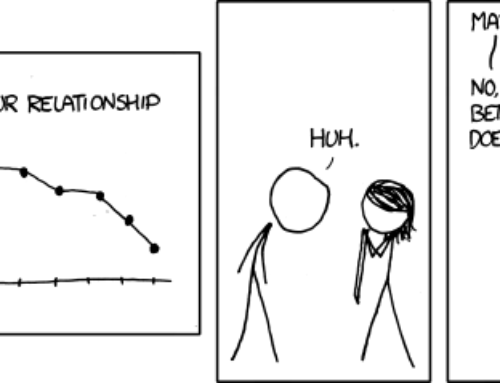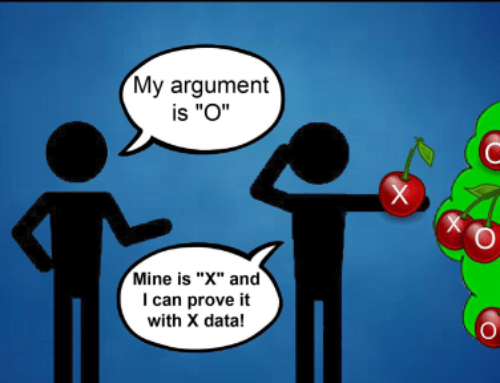Scottish poet Andrew Lang is credited with having first used these words on statistics sometime around the turn of the 20th Century:
“I shall try not to use statistics as a drunken man uses lamp-posts, for support rather than for illumination”.
Yet, we live in a world increasingly bombarded with data on a wide range of topics. They are often buried within press releases intended to promote a particular view or product. Statistics can be very powerful but many of us regard them with a degree of scepticism – and rightly so. It would be unusual for Mark Twain not to have commented on the subject and of course he did:
“Facts are stubborn things, but statistics are pliable”
Here he seems to have cut to the heart of the matter. We are suspicious of statistics not because of the numbers themselves but because of the motives of the people telling us about them. Manipulation of statistics has become something of a dark art. It is practised by everyone from politicians and journalists through to spin-doctors and PR Gurus. If you judge by the company it keeps, then statistics may have fallen in with a bad crowd.
The range of techniques used to make numbers give a false authority to arguments is growing all the time. Some of these techniques are plain to see (if you are prepared to look) whilst others are much less obvious. The good news is that you can train yourself to see through the tactics used to bend and distort the truth. In this series of blog posts we are going to examine just a few of the ways that data and statistics can be manipulated so that you will be able to cut through the message and see the true meaning in the data being presented. We will deal with five techniques:
- Using unreliable data sources
- Cherry picking favourable data
- Misleading visualisation
- Dubious methodology
- False correlations and causation
We have also pulled together some of the most (in) famous examples of these techniques at work. We hope that you will enjoy reading about them!
If you have any queries about data or statistics, please contact us
Quotes research from https://quoteinvestigator.com/2014/01/15/stats-drunk/






Leave A Comment